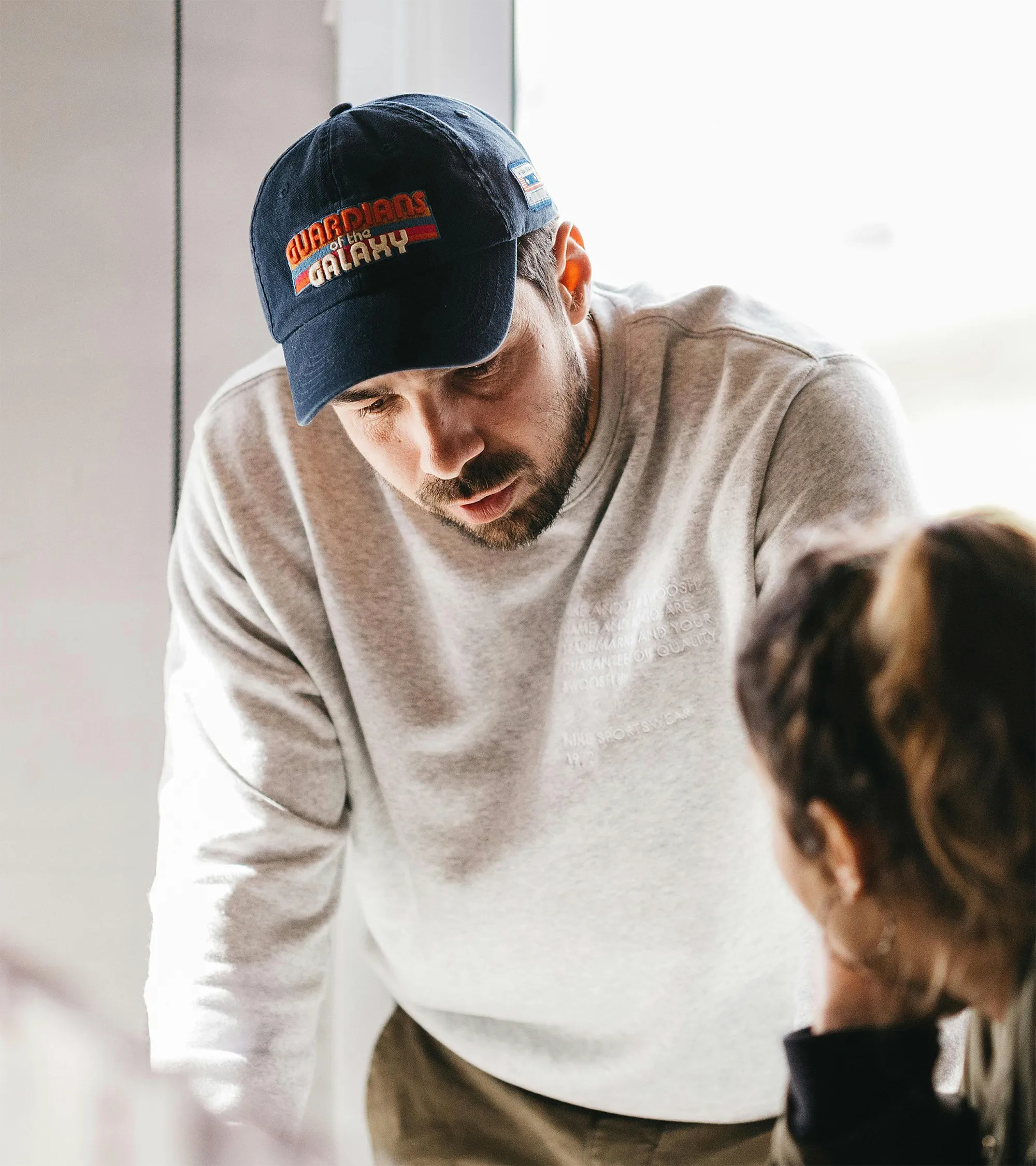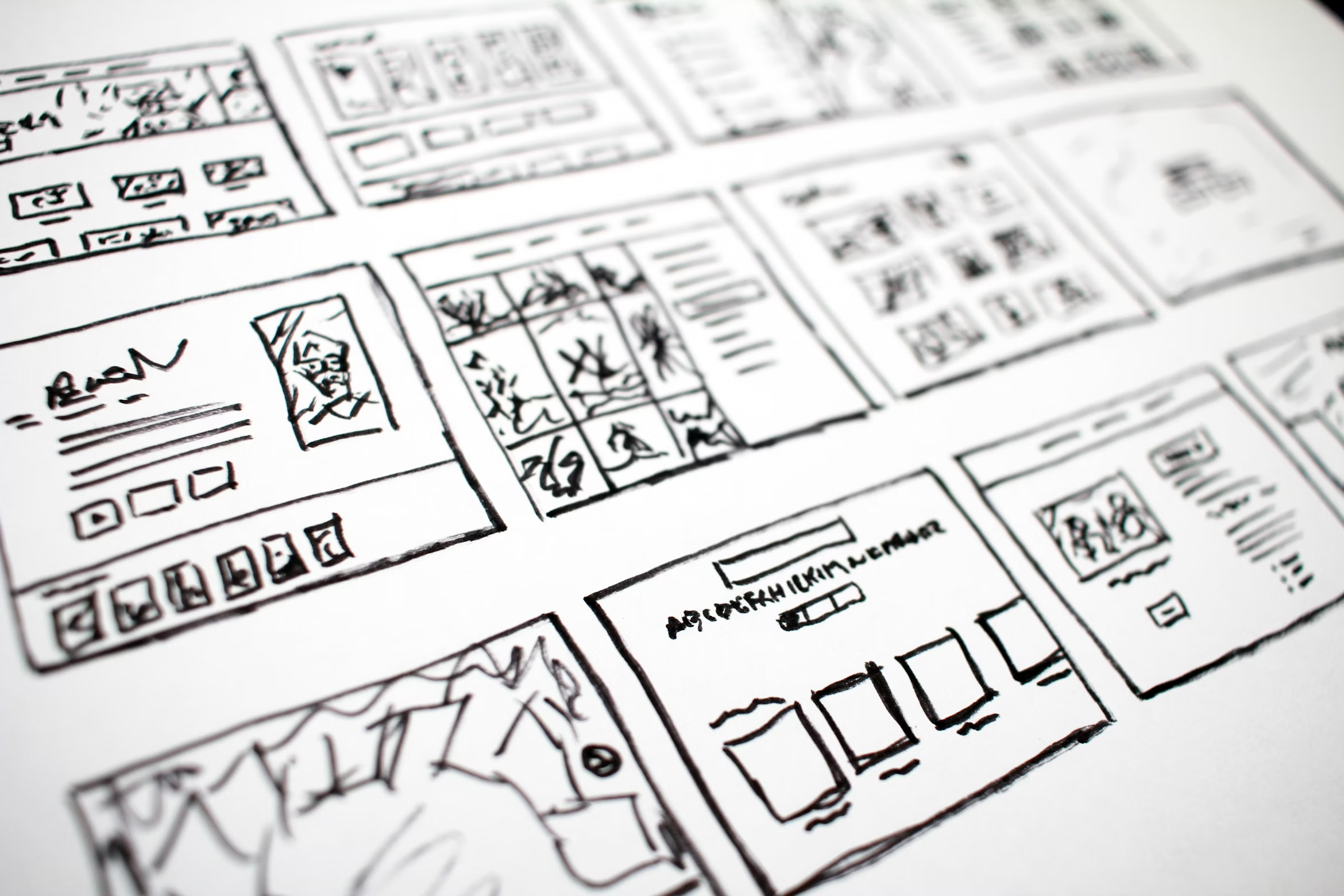


Ask a dozen people what UX Writing is, and you'll get a dozen different answers. It’s the text on the buttons. It’s the instructions in the tooltips. It's the clever little confirmation message that pops up after you complete a task.
And they’re all right, but they’re also all missing the forest for the trees.
We’ve spent the last decade optimizing the visual and functional components of our products to be seamless and intuitive. We A/B test the color of a button, the placement of a menu, and the speed of a transition down to the millisecond. But too often, we treat the words as the final layer of paint, a task for a "copywriter" to handle once the "real" design is done.
This is a profound strategic error. The words are not the paint. The words are the architecture.
As a storyteller who has spent my career building both fictional worlds for screenplays and user journeys for tech platforms, I've come to believe in a simple, powerful truth: UX Writing is Narrative Design. The series of words, prompts, and messages a user encounters in your product is not just a set of instructions; it is a story. It has a beginning, a middle, and an end. It has a character (the user). And it has a core conflict: the user's problem vs. your product's solution. When we treat it as such, we can transform a functional tool into an unforgettable experience.
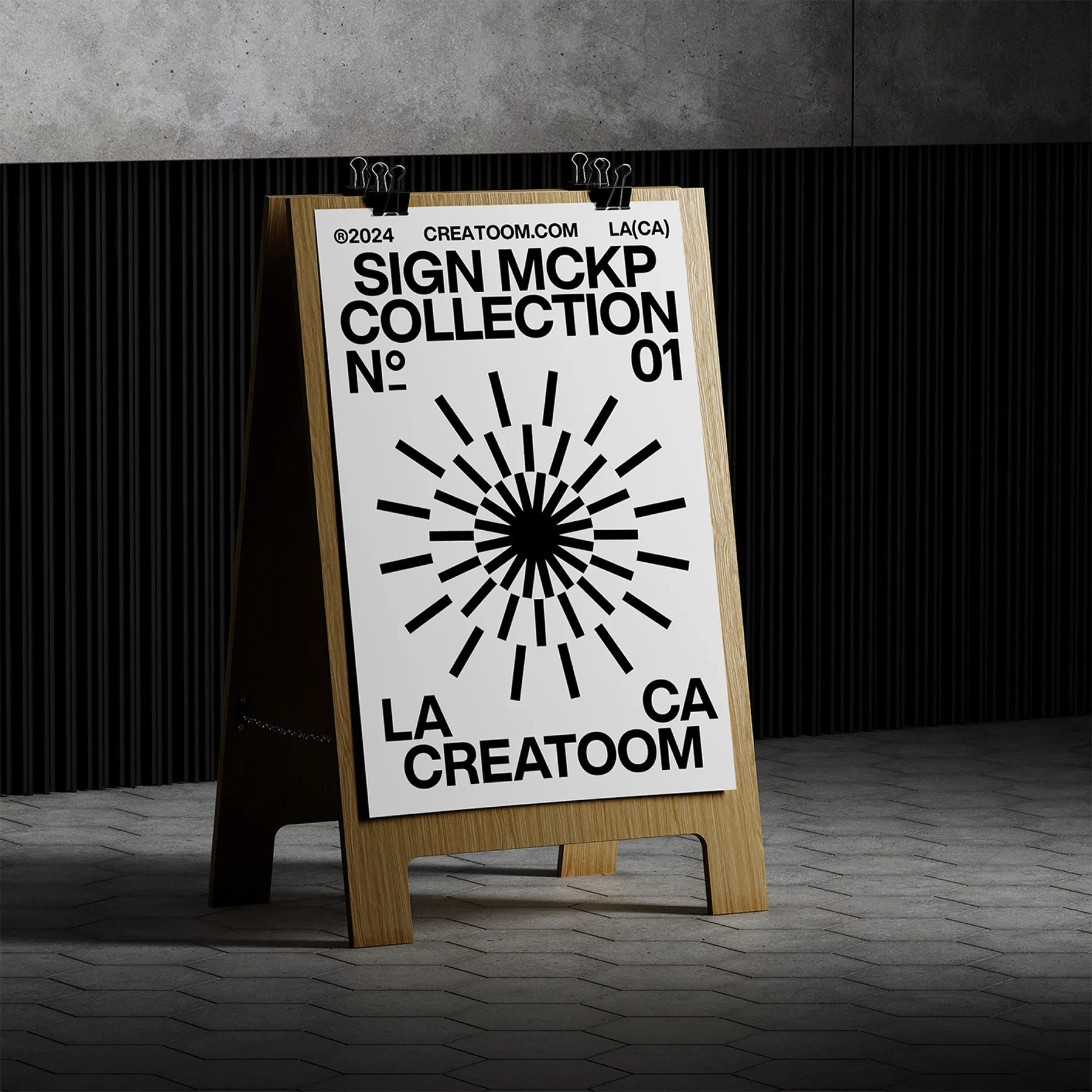
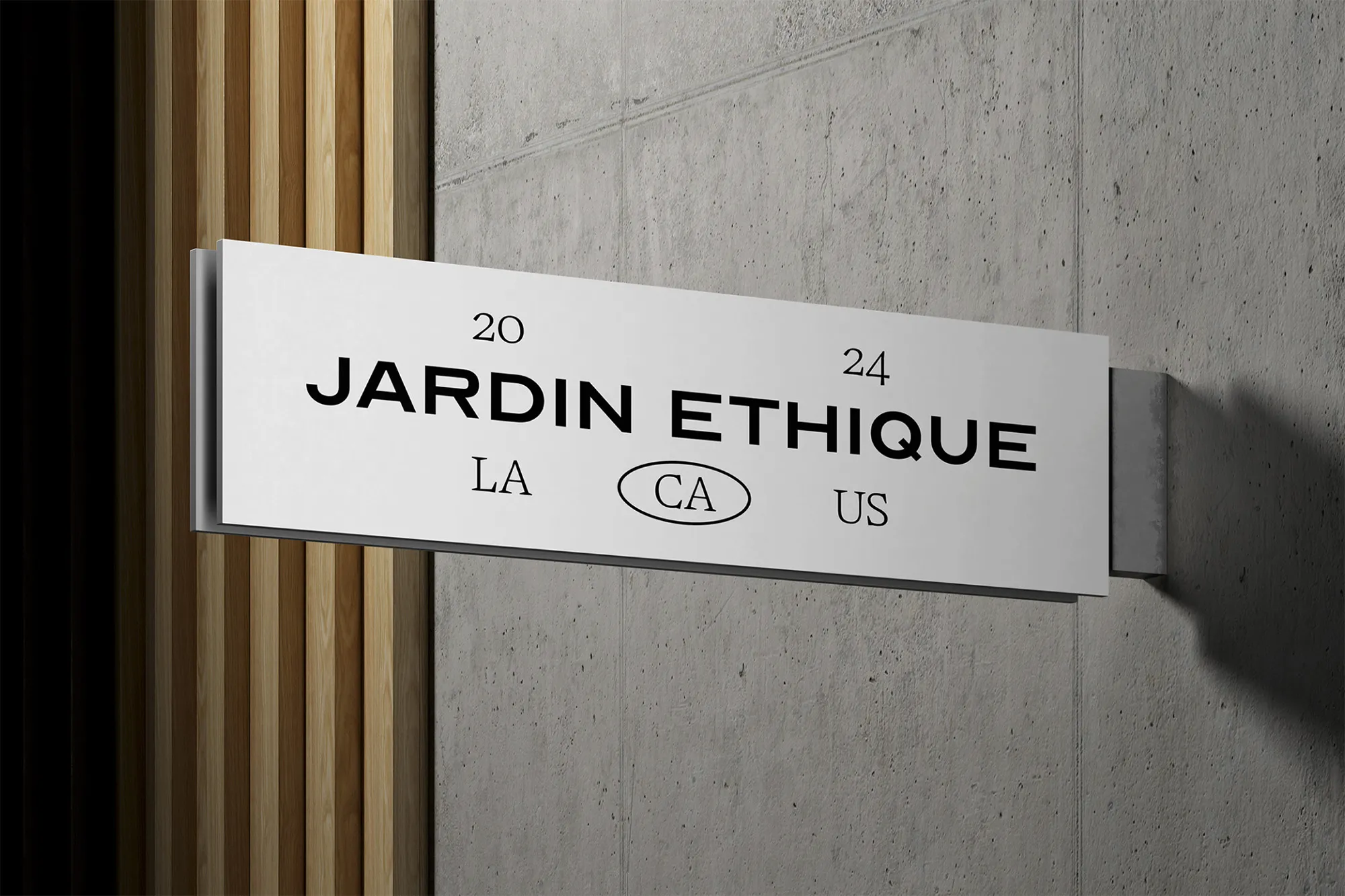
Act I: The Onboarding
The Ordinary World & The Inciting Incident
The goal of Act I in a film is to introduce the protagonist, establish their ordinary world, and present them with an inciting incident that kicks off the story. The goal of onboarding is exactly the same.
Confrontation & Rising Action
Act II is where the protagonist confronts obstacles and develops new skills to overcome them. For a user, this is the core experience of your product. They are learning your system, trying out features, and, inevitably, running into friction. The UX writing here is the voice of the mentor, guiding them through the challenges.
The Climax & The Resolution
Act III is where the protagonist takes everything they've learned and uses their new skills to overcome the central conflict, arriving at a new, better normal. For a user, this is the phase where they transition from a novice to a power user. They have mastered your tool and integrated it into their life.
If the three-act structure is the plot of your user's story, then your brand's Voice and Tone is the personality of their narrator. A product with a generic, robotic, or inconsistent voice is like a story told by a boring narrator. It doesn't matter how good the plot is; the experience will fall flat.
Thinking like a narrative designer means choreographing not just the user's clicks, but their feelings. And the primary tool for choreographing feeling is the written word.
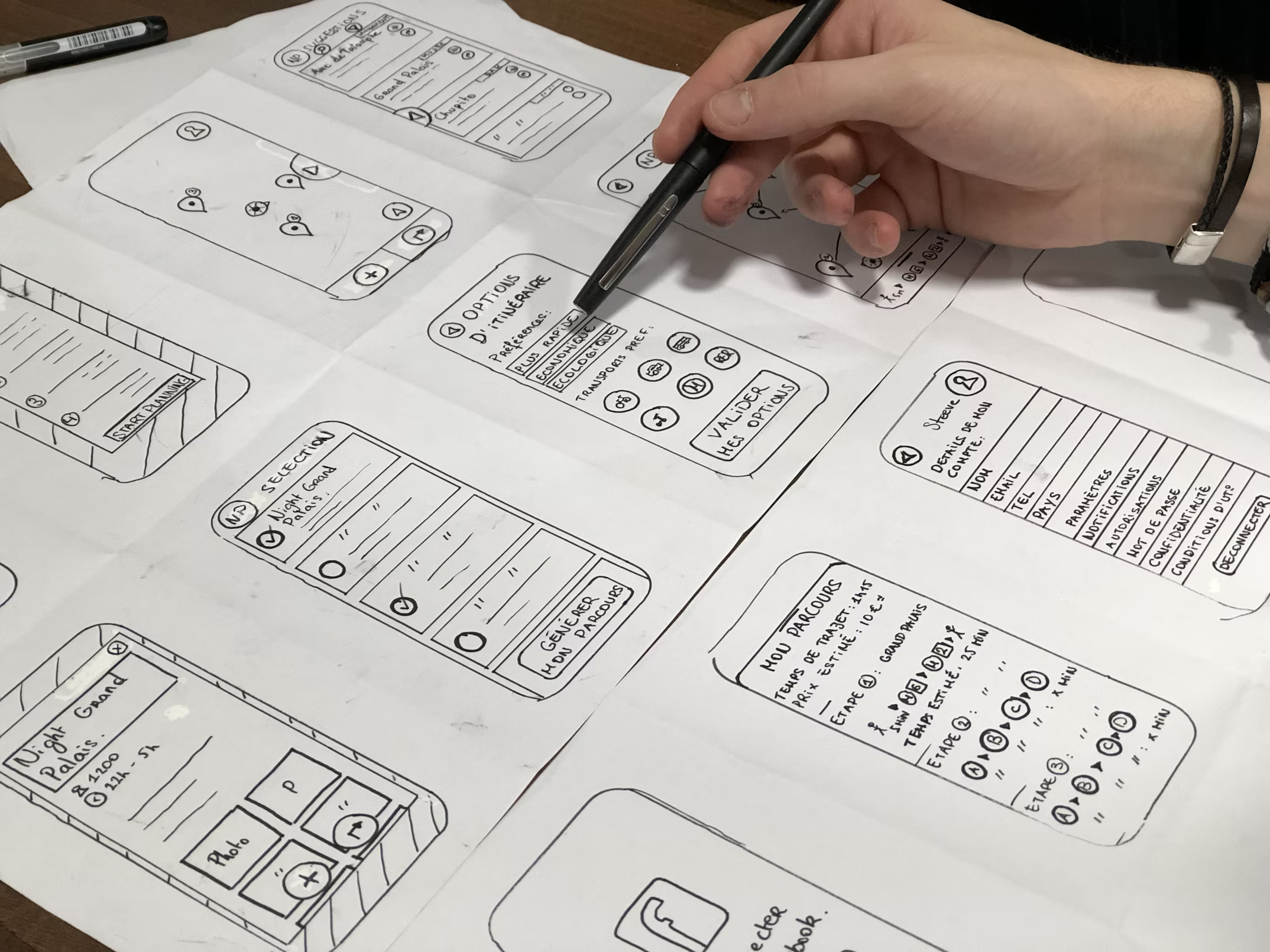
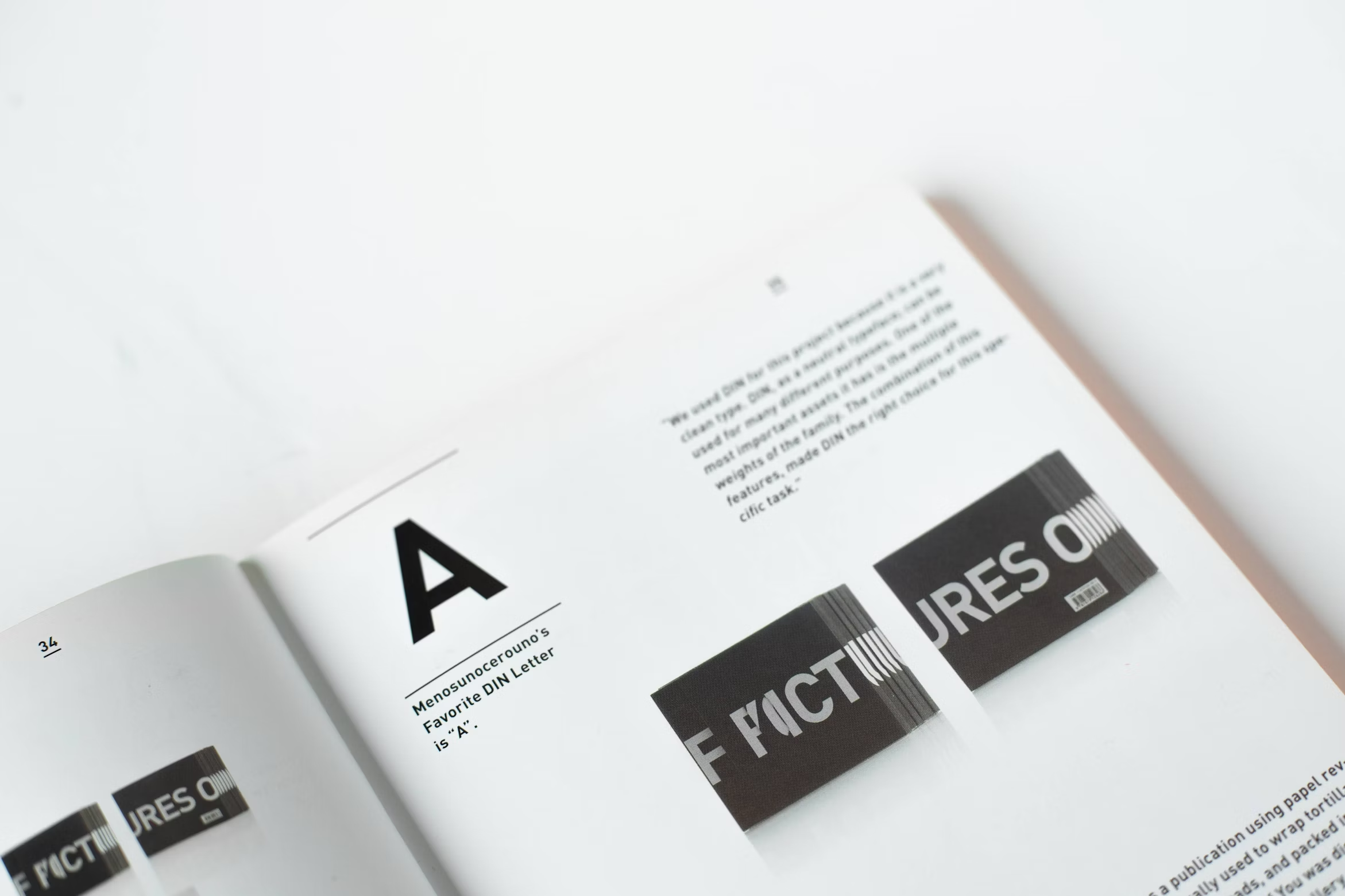
Shifting to a "Narrative Design" approach doesn't require you to rebuild your product from scratch. It's a change in mindset that you can start implementing today.
Conduct a "Narrative Audit": Go through your entire user journey, from the first ad they see to the "cancel subscription" page. Take a screenshot of every single piece of copy. Print them out and lay them on a table. Read it from start to finish like a script. Does it tell a cohesive story? Is the narrator's voice consistent? Where are the plot holes?
Who is ultimately responsible for the narrative consistency of your user journey? Often, the answer is "no one." The welcome email is written by Marketing, the button copy by a Designer, and the support docs by a Tech Writer. Appoint a single person or a small, cross-functional team to be the "showrunner" of your product's narrative, responsible for ensuring a single, cohesive voice across all touchpoints.
For your next new feature, before you open Figma, open a Google Doc. Write the user's journey as a simple, back-and-forth conversation. What does the user want? What does the app say? What does the user do next? This "conversational prototyping" forces you to nail the narrative logic before you get bogged down in visual design. If the story doesn't work in plain text, it won't work in a beautiful interface.
When we elevate UX writing from mere "copy" to the discipline of "Narrative Design," we unlock a new level of connection with our users. We build products that don't just solve problems, but tell stories. And in a world of infinite choice, the best story always wins.
See what our satisfied clients say about working with us.
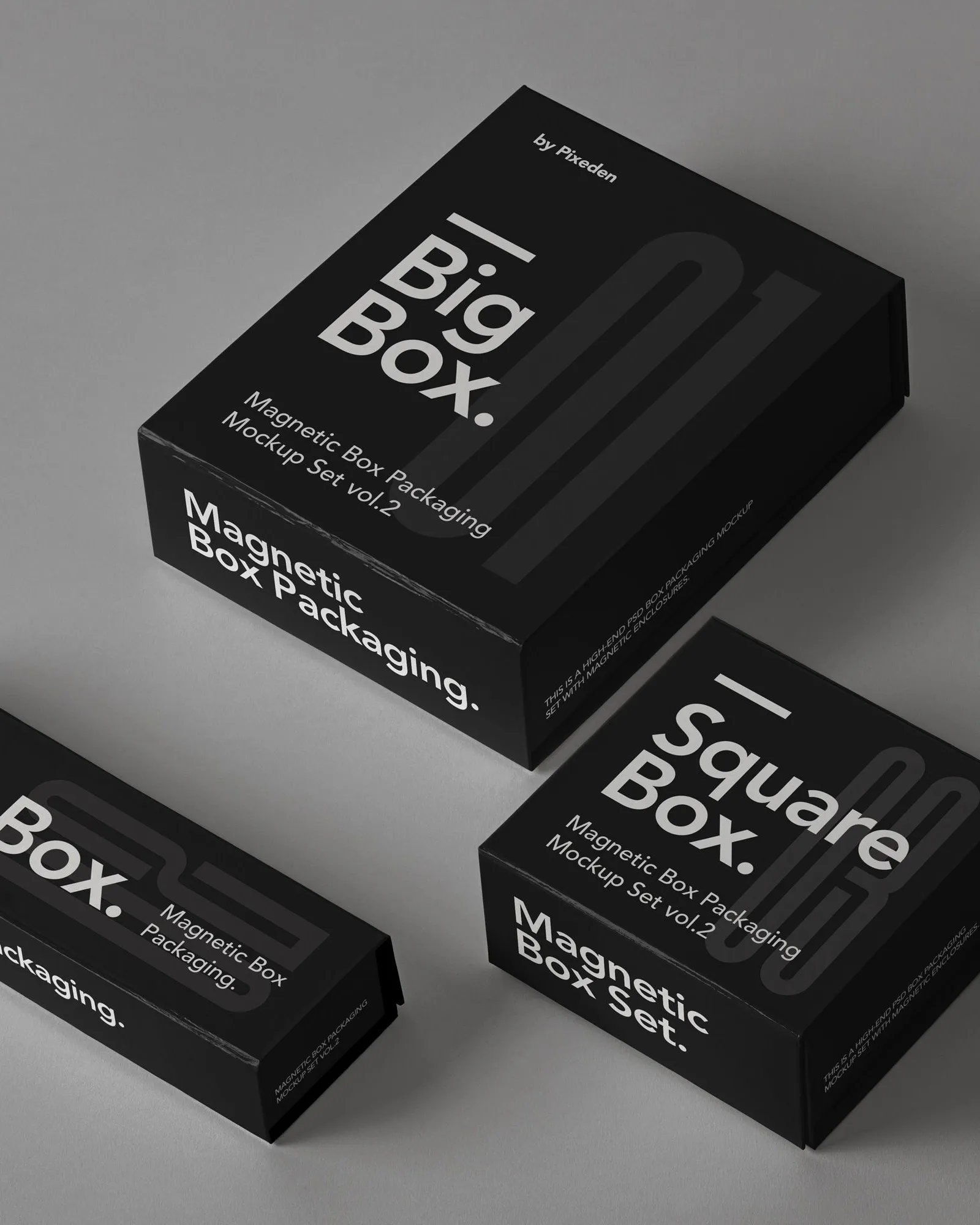
Our proven process ensures successful outcomes and client satisfaction every time.
